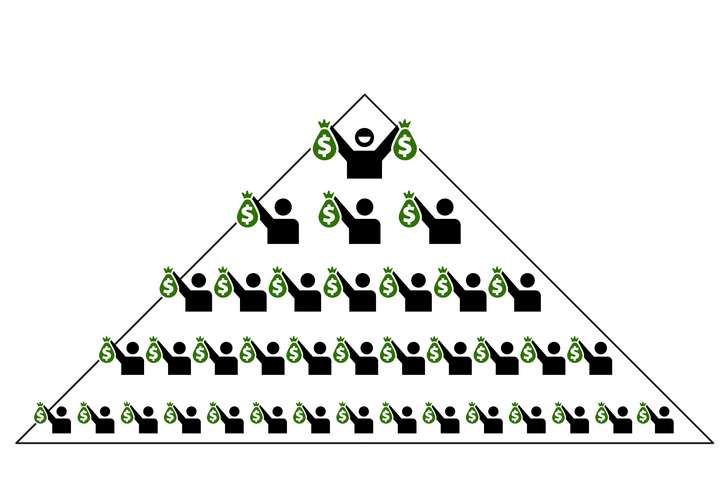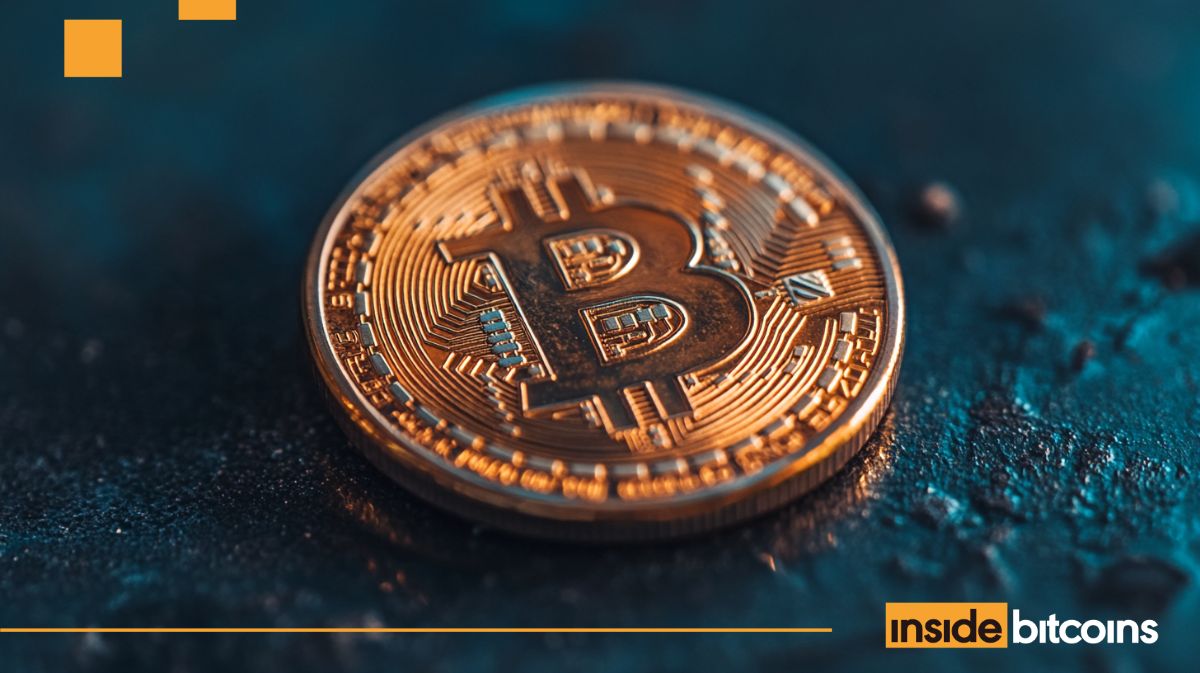For three decades, William Sharpe’s Arithmetic of Active Management, published in the Financial Analysts Journal in 1991, has been treated as near scripture for passive investing. The Nobel laureate, protégé of Harry Markowitz, and creator of the capital asset pricing model (CAPM) applied a clean, elegant logic that has shaped investment thinking ever since.
Sharpe’s thesis was blunt: higher fees ensure active portfolios lag passive ones. Before costs, both groups earn the same market return; after costs, active investing becomes a zero-sum, and ultimately negative-sum, game. Sharpe’s 1991 paper was among those recognized to have an enduring impact on the investment industry as part of CFA Institute Research and Policy Center’s year-long celebration of the 80th Anniversary of the Financial Analysts Journal.
It’s a message that has fueled the rise of index funds and haunted generations of investors. Why bother paying for skill when the market’s average return is right there, free for the taking? Sharpe’s logic was groundbreaking, but it described a closed, static market. Later thinkers, most notably Lasse Heje Pedersen, have shown how active management contributes to the market’s evolution rather than simply redistributing returns.
This post follows that progression, showing how Pedersen’s refinement completes Sharpe’s arithmetic and restores active management’s constructive role in market efficiency.
Sharpe’s thesis captures what passive management really is: effortless exposure to the market’s collective wisdom. In a capitalization-weighted index, portfolio weights adjust automatically with price movements. There’s no trading required. For every active bet, there’s an equal and opposite one. The index is that balance point, the distilled consensus of all investors. Tracking it means letting the market decide who’s right.
Source: Diego Costa
Yet something about this logic feels incomplete. If Sharpe’s world were perfectly accurate, active management would eventually vanish, and markets would stop functioning altogether.
Sanford J. Grossman and Josephe Stiglitz had already demonstrated 10 years earlier, in 1980, that the market rewards those who incorporate information into prices in On the Impossibility of Informationally Efficient Markets with their “equilibrium degree of disequilibrium.”
As a corollary, Sharpe’s arithmetic works only if you ignore the economic mechanisms that allow markets to function. So, what if markets aren’t static, and active management doesn’t just redistribute wealth, but actually creates it?
The Simple Elegance of Sharpe’s Arithmetic
Imagine a world with one hundred investors, each owning one hundredth of every company. Fifty are passive, fifty are active. The passive investors sit tight. The active ones trade among themselves, paying managers and advisors 2% in annual costs.
After a year, the active investors earn less overall because of fees. The logic impressed Nobel laureates like Eugene Fama and Ken French. Warren Buffett later retold it as The Gotrocks Family parable, warning that “returns decrease as motion increases.” John Bogle built an empire around it in The Little Book of Common Sense Investing.
The message was clear: markets are a closed system. Every winner has a loser. So why play a negative-sum game?
The Math Isn’t “Mathing”
The trouble is that Sharpe’s arithmetic describes a world that doesn’t exist.
He made some statements in his article that, in retrospect, I find quite controversial. For example, he says that if data contradicted him, then the data is wrong: “Empirical analyses that appear to refute this principle are guilty of improper measurement.” Crucially, he also states in one of the footnotes that corporate actions “require more complex calculations but do not affect the basic principles.”
That footnote, often overlooked, turns out to be a crack in the foundation.
Sharpe’s model assumes a static market, a snapshot in time where no new companies are born, none die, and nothing changes except existing equity shares. But in the real world, everything moves. Companies issue new shares, repurchase old ones, merge, spin off, or go bankrupt. Markets are living, breathing entities reflective of human behavior and trends. Indexes evolve and rebalance to reflect the economy’s shifting structure.
Active management tries to precisely do just that, change the index to improve it. Sharpe’s analysis fails because it omits the potential positive effects that its costs enable in aggregate. It’s like assessing R&D spending in a world where nothing remains to be invented.
Sharpening the Arithmetic
This is precisely what Pedersen pointed out in his 2018 article Sharpening the Arithmetic of Active Management, also published in the Financial Analysts Journal. His insight was simple but profound: markets evolve, and active managers play a crucial role in that evolution.
Pedersen gathered data showing that the average annual turnover of US equities is about 7.6%. Bonds turned over closer to 20%. Even if every investor stopped trading, the market would still change. And even passive investors must regularly trade to maintain their portfolio and rebalance to maintain market weights—sell what leaves an index and buy what enters it.
The graph below is taken from Pedersen’s 2018 article and shows what happens to an investor who invests money but then never trades after that.

Source: Lasse Heje Pedersen, Sharpening the Arithmetic of Active Management, pg 9, Financial Analysts Journal, 2018. “The solid blue line shows an investor who bought the entire US stock market in 1926 and did not participate in any IPOs, SEOs, or share repurchases and did not reinvest any dividends….” Therefore, the investor’s owned share of the market deteriorates over time. The other lines indicate the same for investors who started investing in 1946, 1966, 1986, and 2006.
Active Management as Economic Engine
Pedersen’s revision doesn’t just fix Sharpe’s math; it reframes the purpose of active management. When active managers identify misallocations of capital—firms wasting resources or ventures capable of higher productivity—they aren’t just trading paper. They are reallocating capital to its most productive use.
Through engagement, voting, and investment decisions, active managers influence which firms issue shares, which buy them back, which expand, and which contract. These actions shape the real economy: which technologies get funded, which innovations reach the market, and which industries shrink to make room for more efficient ones. In effect, it creates price discovery, that elusive metric of a company’s worth at a point in time within a given economic framework.
The active manager fees investors pay are not just transaction costs. Active management performs a social function: it discovers and maintains the productive organization that best satisfies our collective consumption desires.
Unlike Sharpe, Pedersen’s model offers an equilibrium: there is an optimal point in the number of resources the market should dedicate to analysis. Below this point active managers will obtain extraordinary profits, and above this point they will fail to cover costs. Furthermore, this is a stable equilibrium: any disturbance endogenously generates incentives to return to equilibrium.
The market must match planned production (companies) and desired consumption (investors). Active management can create value by influencing production flows (corporate actions) and consumption flows (subscriptions and redemptions).
It has taken 30 years, but we can finally sleep soundly.

The Gotrocks Revisited
Warren Buffett’s “Gotrocks” parable became a classic defense of passive investing because it showed that trading activity and fees erode returns rather than create value. The story went like this: the Gotrocks family owned every company in the world. Over time, they grew rich together. Then some family members hired managers to trade shares among themselves, paying fees in the process. The family’s aggregate wealth began to grow more slowly. “For investors as a whole,” Buffett warned, “returns decrease as motion increases.”
But Pedersen’s model suggests a motion picture sequel.
Suppose one Gotrocks cousin notices that a company is burning cash on unprofitable projects. He sells his stake in buybacks to free up capital. Another cousin spots a firm with a high-return investment opportunity and participates in its new share issue.
Capital has now shifted from wasteful to productive hands. The family’s aggregate wealth has increased, not decreased. Later, when the index fund–holding cousins rebalance to match these new weights, they indirectly benefit from the very price discovery active managers paid to uncover. In that sense, active managers have functioned as a catalyst that makes the passive portfolio possible.
An “Efficiently Inefficient” Market
Pedersen’s model arrives at an intuitive equilibrium. If markets were fully efficient, there would be no incentive for active managers to research or trade, prices would already reflect all information. But if no one traded, markets couldn’t become efficient in the first place.
There must, therefore, be a middle ground: a market that is just inefficient enough to reward those who uncover information, but efficient enough to keep profits from lasting too long.
Pedersen quantifies this balance. Active managers earn extraordinary profits by exploiting mispricing. As more capital floods into active strategies, those profits shrink. Eventually, expected returns fall to the level of costs. That’s equilibrium: the market allocates just enough resources to research, and analysis to keep prices mostly right.
It’s not a perfect system, but it does self-correct.
Why It Matters
Pedersen doesn’t overturn Sharpe’s arithmetic, rather, he completes it. Sharpe captured a static snapshot; Pedersen adds motion, showing markets as evolving systems rather than a sum at a point in time.
The takeaway is clear: active and passive management are not adversaries but partners in an ecosystem. Active managers create value by incorporating information and directing capital to its most productive use, and by efficiently bridging temporary liquidity gaps between passive investors.
Passive investors reinforce efficiency by keeping costs low and anchoring the market to fundamentals. Too much activity breeds noise; too much passivity dulls price signals. In a living market, where companies issue, buy back, and evolve, active management turns from zero-sum to positive. That’s not arithmetic—it’s progress.




























